Trifox: a colorful class-based looter-shooter 3D platformer
Now here is a style that has been traditionally underrepresented in the PC gaming world, but prolific in consoles: 3D platformers. I don’t doubt that with the Steam Deck and its clones, some console trends make way into Steam, and more and more titles like this one appear.

| Element | Description (spoiler free) |
|---|---|
| Objectives | Chase the villain who stole your TV remote |
| Challenges | Battling the villain and his minions, puzzle solving, platforming |
| Mechanics | Classes with different powers, double jump, melée and ranged |
So, what is the game about? In a world like ours where animals have houses and watch TV, Trifox makes you control an anthropomorphic fox that can be one of three classes: Engineer, Warrior and Mage - you choose it shortly after the initial cutscenes when starting a game. The class governs the main strengths of your character but is not inflexible: you can get “powers” (called abilities) from other classes if you invest enough credits to unlock them. So, in this game, class is more of a general direction than a rigid archetype to follow.
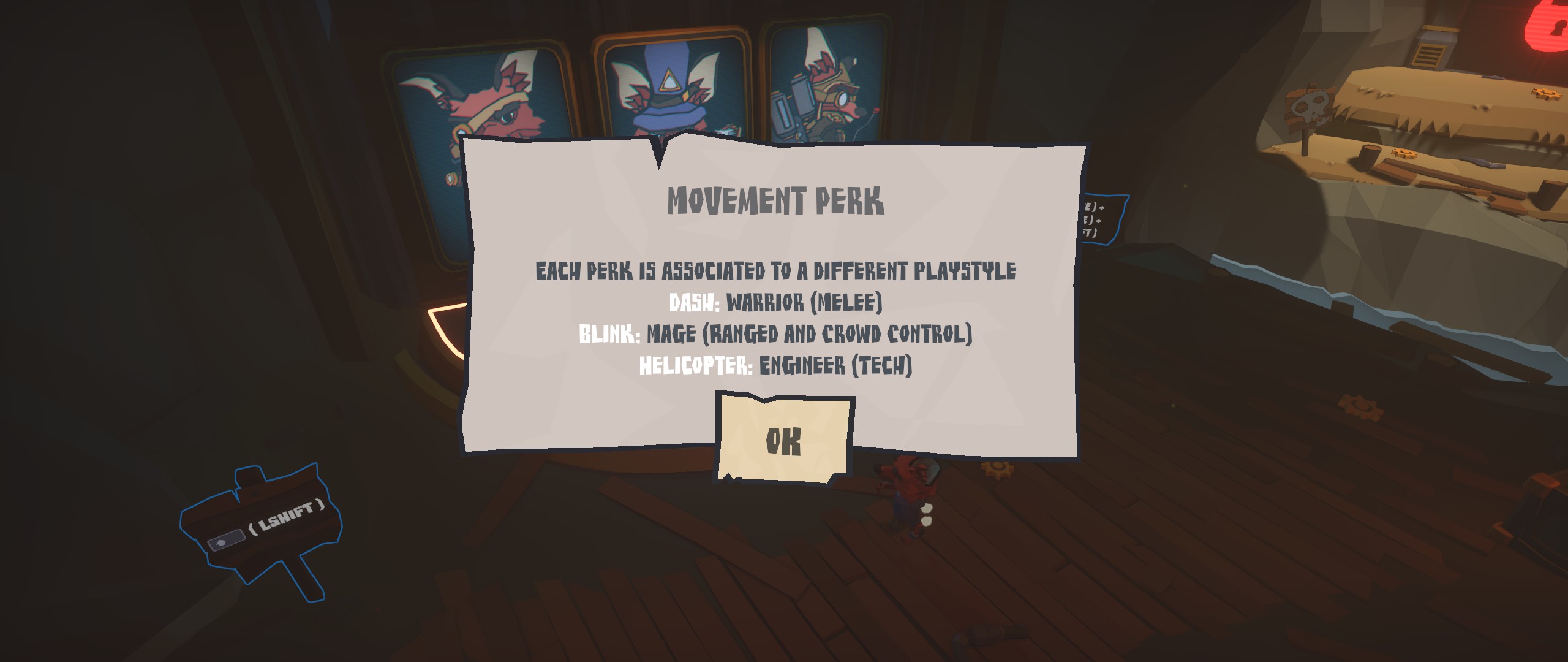
The game has a subtle low-poly style, resembling the aesthetics of games like Outer Wilds and For the King, that allows it to run very well even in underpowered machines and in the case of the Steam Deck, saving battery life, all the while not standing out too much to annoy the player, with Depth of Field and (configurable) shadows making the aesthetics work well with the gameplay.
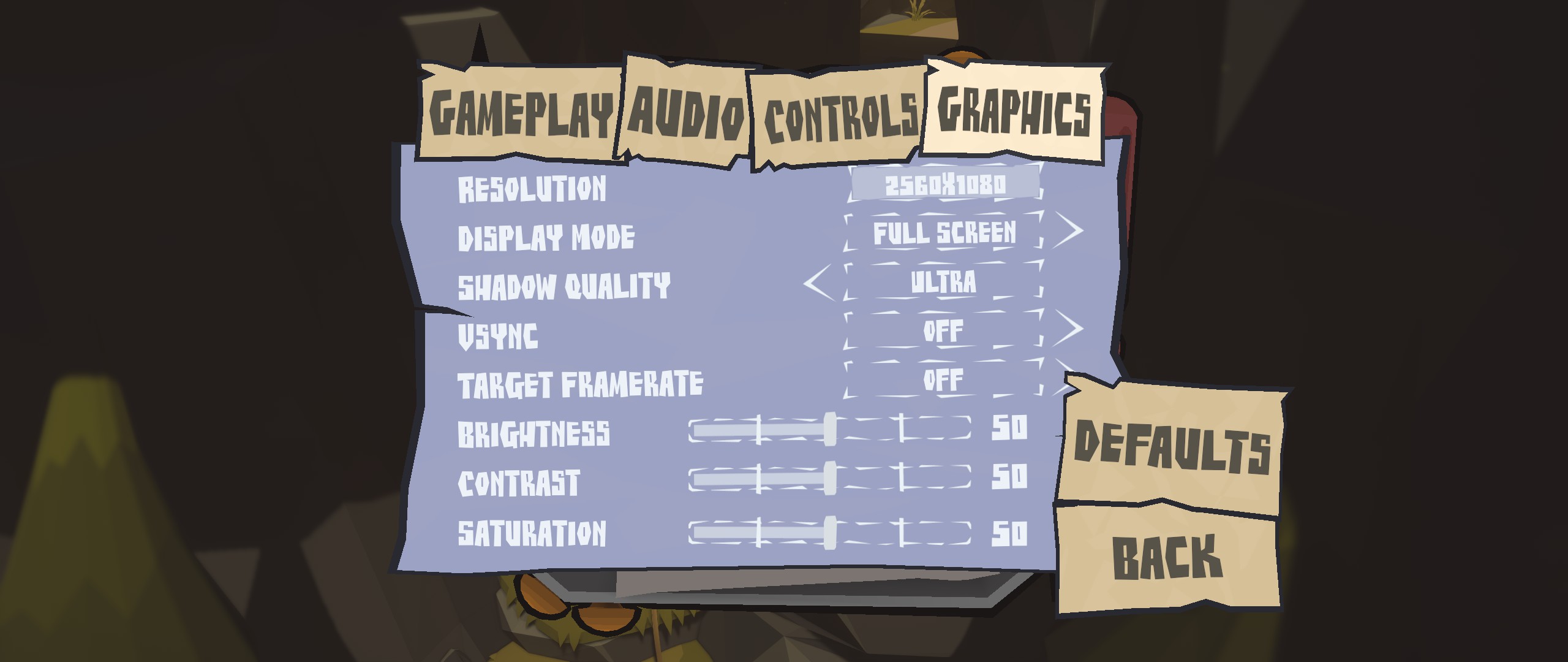
The camera is a distant third-person, almost to the point of being isometric, with the viewing angle and zoom changing automatically according to the player movements. Not allowing direct control of the camera is a staple of the genre and has the advantage of saving on controls, allowing better focus on the gameplay at the cost of some strategic benefits that visibility control would allow.
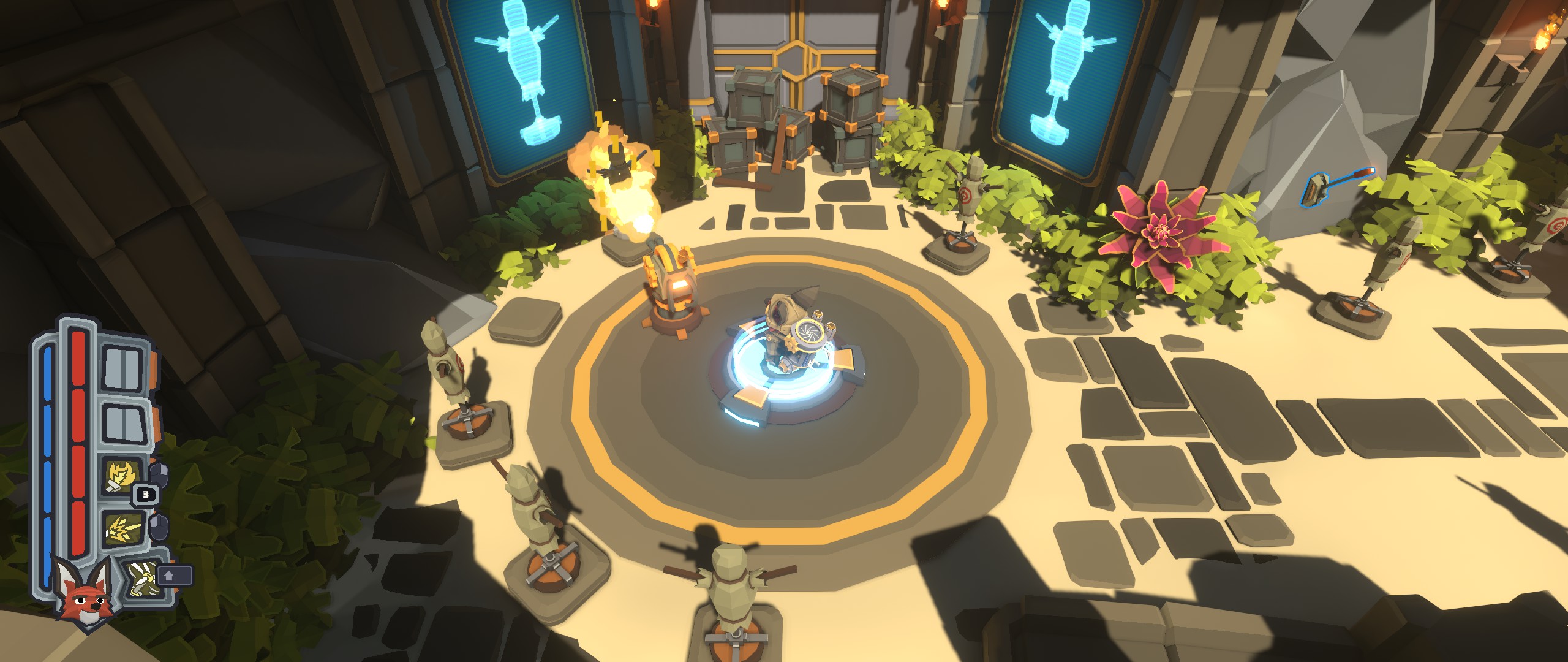
The character has a health gauge with 4 bars, has infinite lives and never has to save the game, which works by checkpoints. The health gauge decreases gradually from enemy hits, but loses an entire bar (and it’s teleported to where it was before) if the player misses some platforming with an abyss or deep water below. This is not too punishing and fortunately neither are the platforming sections, adding to the fact that the player receives double-jump from the start and also has a base ability of their class (called “perk”) that allows further short-distance travel. There are a few times when the perspective does not give a good sense of height difference or positioning and you might miss a couple jumps due to that factor, but I consider it part of the gameplay to train yourself to improve your spatial awareness, so this becomes integral to the challenge of playing the game.
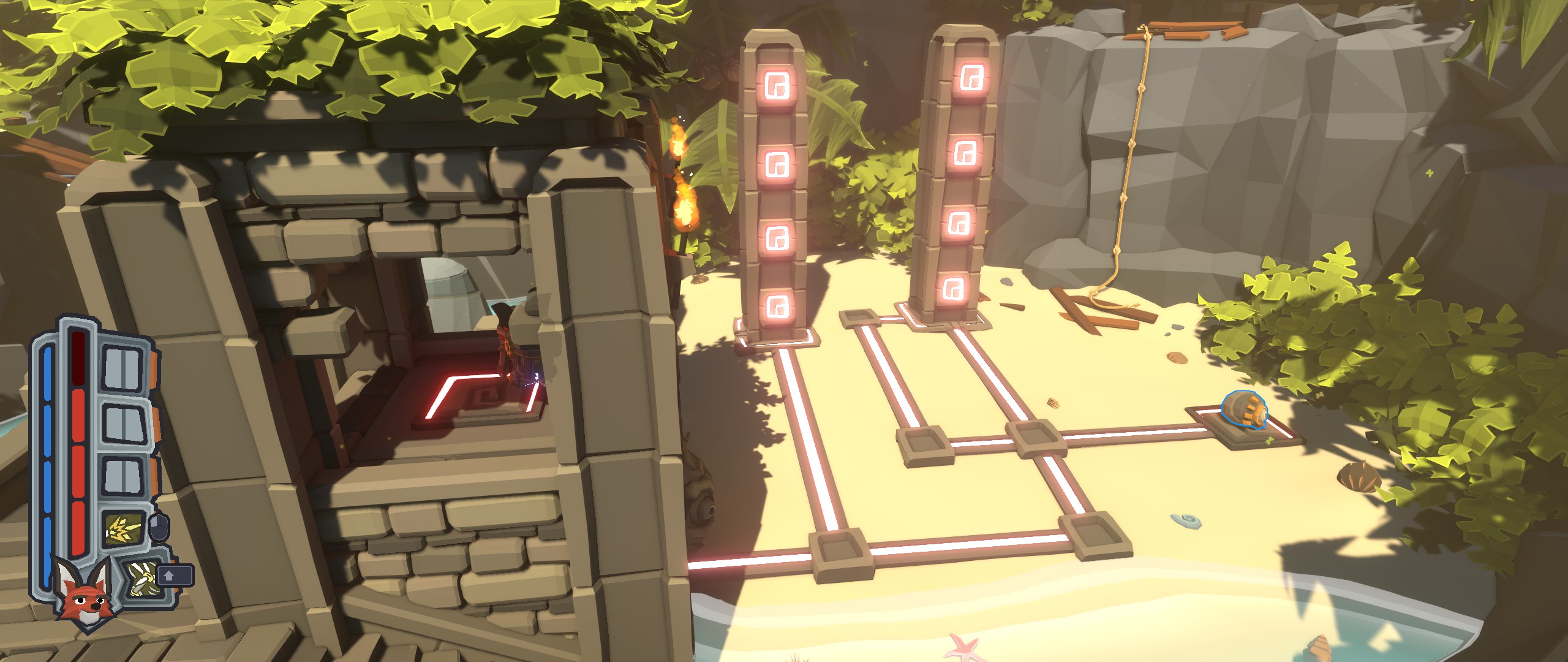
Controls are that of a twin-stick shooter. If you use a gamepad, left stick for moving the character and right stick for aiming, with the buttons having functions like interact, jump, perk and you being able to assign the two shoulder buttons and the two triggers to your abilities. There’s also a “quick retry” button which immediately respawns you at the last checkpoint, useful if you think you got yourself cornered by enemies or with low health. If using mouse and keyboard you have the traditional WASD controls with mouse aiming for twin-stick games, but in this case, you clearly see a pointer to where your weapon will aim. Due to this, I heavily advise Steam Deck owners to ditch the default gamepad configuration for the game and instead configure a Keyboard and Mouse emulation, controlling the aim with the right trackpad as an emulated mouse with trackball mode off; it makes the game so much easier.

Gameplay works in three fronts: puzzles, platforming and combat, all of them I found to be very well balanced. The puzzles are challenging but logical and sometimes you have to think out of the box to advance to the next section; there are both environmental and explicit puzzles, the latter in the form of circuits you have to complete by bringing special objects to pedestals. The platforming is varied and never excessive; combat is very rich with all the abilities you can creatively and tactically use against enemies and it can get considerably frenetic when getting close to a boss battle. It’s important to note that each ability has its own cooldown time, but even the longest one I got was only of a half dozen seconds.
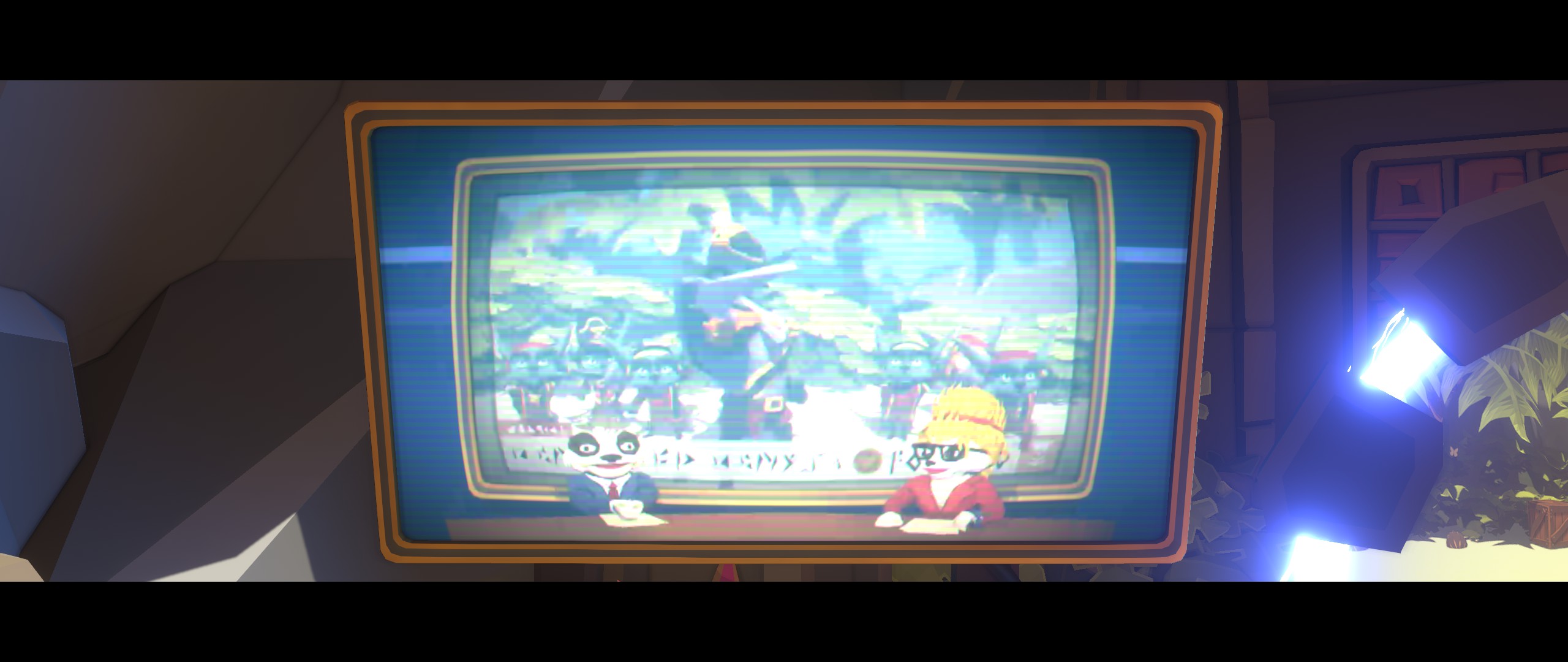
The looting aspect of the game is done by killing enemies but also by breakable barrels, pots and boxes scattered throughout the environment; all of these give you coins with different colors and values, which you use to buy new abilities to add to your character’s roster. You can also grab a few collectibles which give you extra credit bonuses.
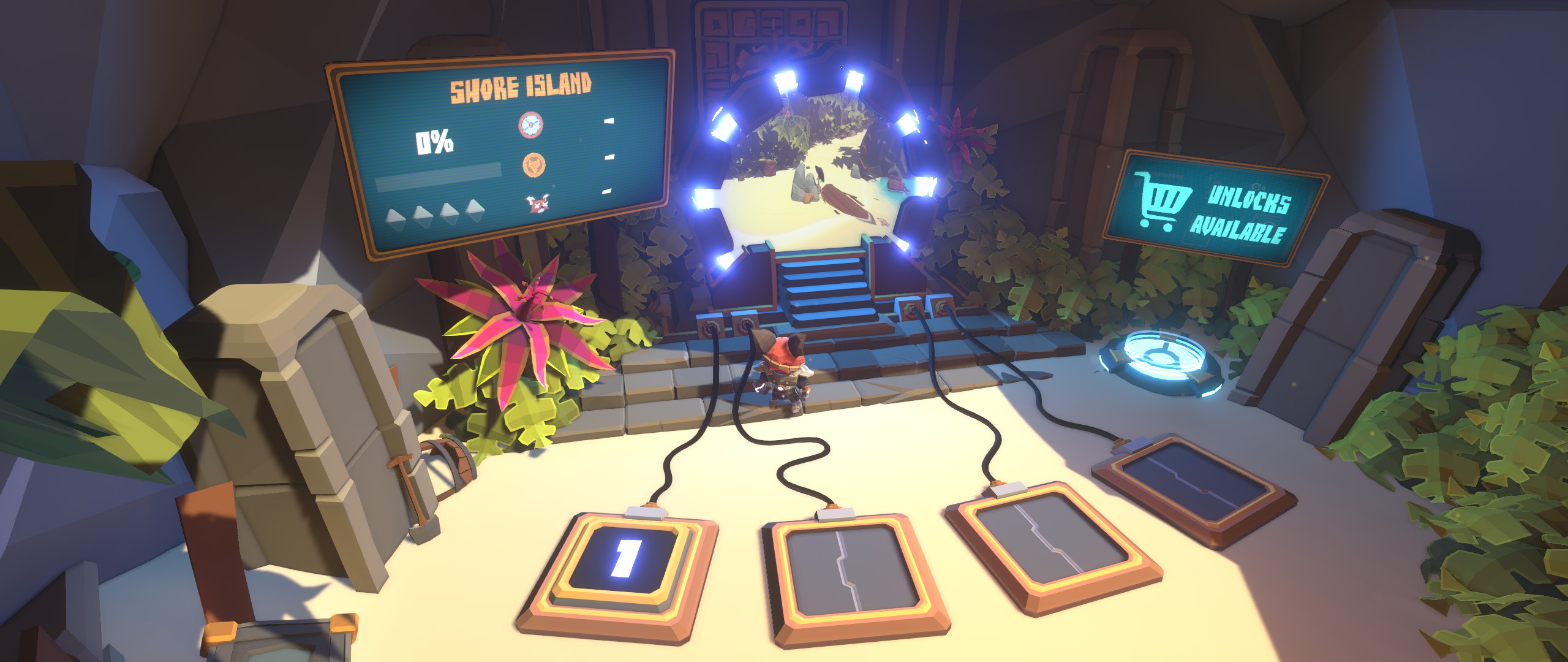
You progress in the game by going through three consecutive worlds, each world with four big linear levels (each level with several unlockable sections). The coins you collect are only added to your wallet after you finish the level. You can repeat doing levels for extra cash or for finding secrets and collectibles. Each level finishes with a boss battle and although not extremely difficult, challenging enough that I was incentivized to mix and match my abilities and felt truly accomplished every time I beat the boss.
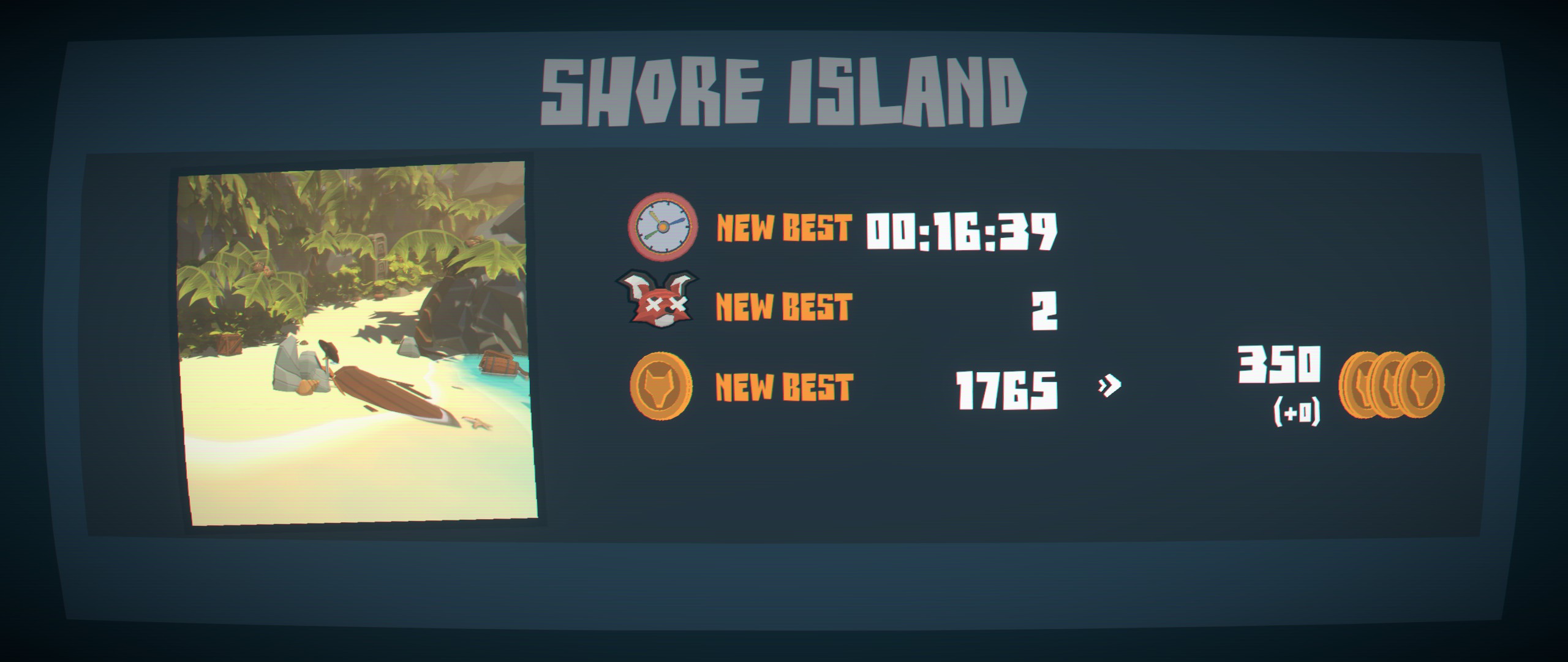
The music is orchestral with strings and flutes, very typical to the genre. It’s pleasant and not too ominous, and changes to a more tense tune when an enemy battle starts. The sound effects are cartoonish and well done.
The weakest point of the game is arguably the story. You are a fox whose television set was sabotaged and broken by some kind of pirate fox and minions – and he also took your remote. So he flees from the scene of the crime and you chase him to get your remote back. There is no voice acting in the game, instead it follows a console trope with mumbles and noises that resemble language uttered by the characters. Exposition is done with a few cutscenes containing the pirate and also some news anchors on TV showing his trajectory. There are a few in-game animated transitions which tell part of the story too, mainly when you complete an important milestone or obstacle. As usual, the level ending transitions shows you almost framing the pirate boss, he barely escaping to the next one.
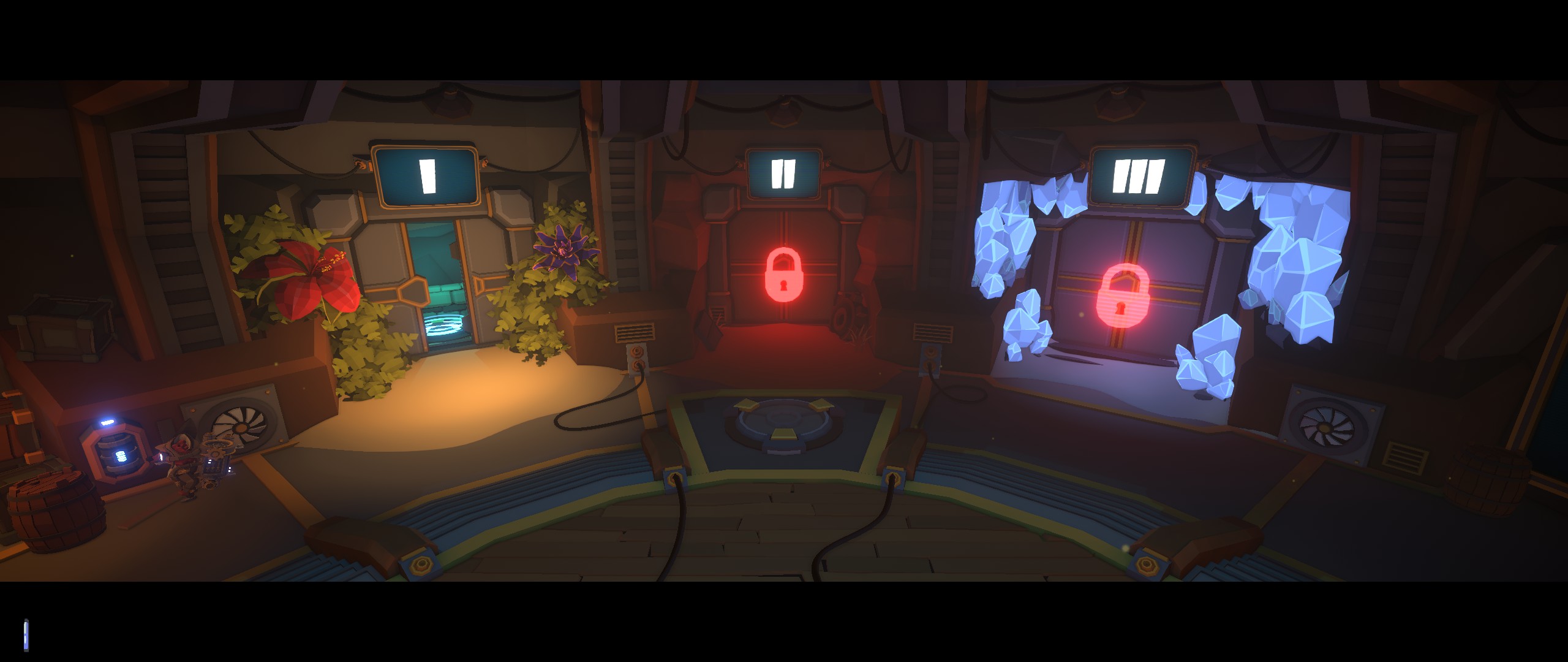
| + Positives | - Negatives |
|---|---|
| Low-poly, so can run on a weak PC | The low-poly aesthetics might not please everyone |
| Very engaging, balanced gameplay | weak story |
| Mix-and-match of powers allow for creative strategies | No voice acting, “mumbling” instead |
My personal verdict: this game could go wrong in a number of ways, but it is very balanced and fun instead. I am not a keen player of 3D platformers but I really liked this one. I has a few cons, the worst of them was that sometimes the camera would go into an angle which made it a little difficult to see the enemies or objects – and even this is not a big deal. The other notable point, the weak story, did not bother me - not only because it is appropriate for children (which is obviously a target audience for this game), but also because it serves just as glue from one level to another, and it is funny without being awkward. What I’m saying is, I am definitely giving a “very positive” rating for the game, and highly recommend it.
The game is not Linux native but it runs perfectly well, animations and all, under regular Proton, 7.0-4 at this time. Seems the developer is considering a native port though.
